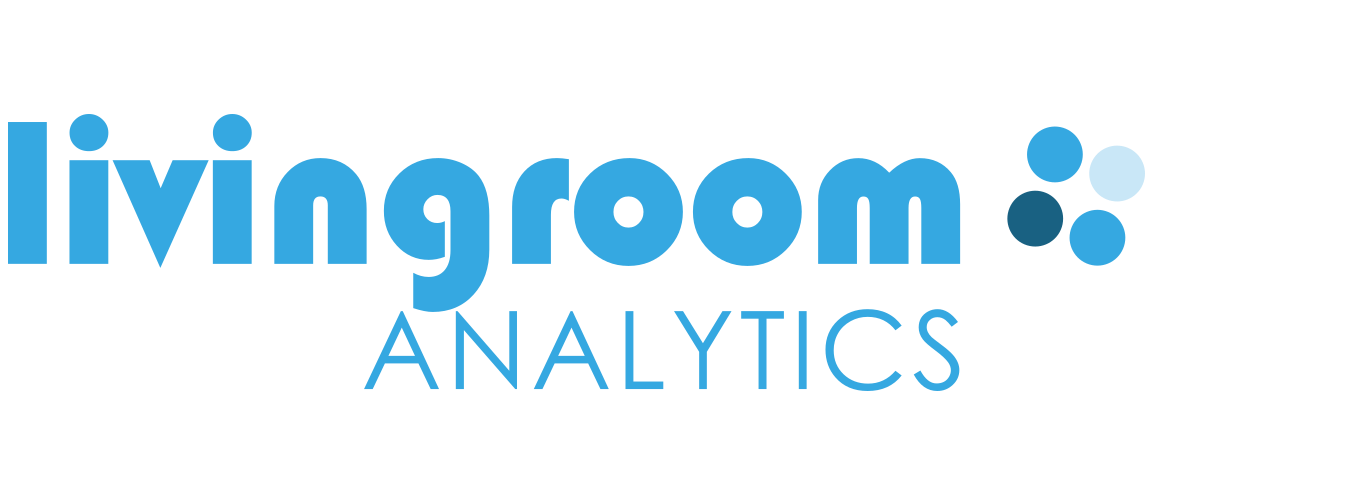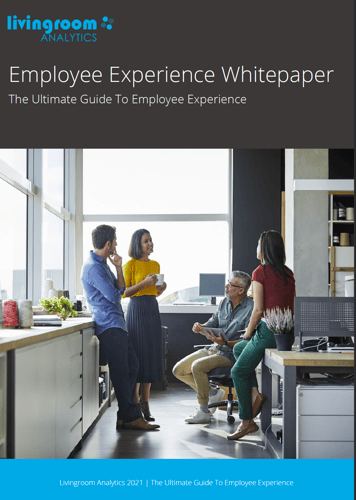What Considerations Should Be Made Before Designing Employee Experience?
For any organization wanting to get started with employee experience design, the design thinking approach is invaluable. It is a hands-on approach outlining a practical roadmap for change, enabling employee experience strategy to move from being passive to being active. However, it’s worth taking the time to make some strategic considerations.
How Do We Align Employee Experience with Our Organizational Identity and Culture?
Employee experience should build on and reinforce an organization’s identity and culture as employees are deeply intertwined in the community and culture of the organization. In contrast to customer experience, employee experience is tied to the employee’s sense of belonging and identification with the organization, its brand, and its culture.
It’s always beneficial to learn from other companies, but one must remember that any given organization’s culture and identity are unique. To copy or imitate another organization’s employee experience approach rarely works.

Employee experience should build on and reinforce an organization’s identity and culture as employees are deeply intertwined in the community and culture of the organization
Will Our Employee Experience Initiatives Reinforce Work?
Traditional HR programs and activities have often taken people outside of the workplace through initiatives such as life coaching, free beer, free breakfast, fitness, and spa services. However, these efforts do not always reinforce and strengthen the working culture or employee experience in the workplace because they do not appropriately engage employees or speak to their true needs (Plaskoff 2017).
Employee experience is about the things that happen in the workplace context: the everyday experience of working together with colleagues.
Notably, research has observed that the type of work itself facilitates identity and purpose (Bovim 2010). Moreover, while respondents to one study indicated that learning and growing are important (19% of participants), more respondents (26%) considered the job itself to be what most inspired them (Bersin 2018).

Will Our Initiatives Make A Real Difference?
Every employee experience manager needs to ask whether the planned changes are likely to truly transform the everyday lives of employees and fundamentally improve employee experiences. Thus, metrics for improvement efforts are imperative. Evaluations of employee experience initiatives can be graded at two levels:
Level 1 Results: Digital Improvement
Companies aiming for level 1 results typically seek to create a consumer-grade digital experience by, for example, implementing a new communication platform. Although this can make the digital experience simpler and moreelegant, the effects on engagement, productivity, and staff retention are most likely minor.
Level 2 Results: Experience Transformation
This regards broad improvements to the general employee experience. For such improvements, HR is most responsible. Good results are directly correlated to better customer service, improved sales, top-line revenue growth, and reduced costs. Chris Pinc, managing director of product management at Willis Towers Watson’s talent reward business, says, that’s much more about whether employees feel their experience is inspirational to them: Are they inspired by their organization, do they feel like it’s winning in the marketplace? (McIlvaine 2020)
But it often requires difficult cultural and behavioral changes. According to a 2020 Gartner study, changing culture is one of the biggest employee experience challenges, with 23% of HR leaders responding affirmatively to the statement, “We’re not sure how to evolve our culture” (Gartner 2020).
What To Do From Here?
Getting started with employee experience can be overwhelming and one of the challenges are the strategic considerations needed. So, where can leaders get more help and what should the organization focus on?
Here at Livingroom Analytics, we have developed an innovative, data-driven employee experience platform. The platform supports organizations through monitoring the employee journey and the employee experience. We are regularly arranging webinars, posting interviews with thought leaders, and sharing insights on employee experience. Sign up to receive the latest news or read more on our website!
Read the whole story about Employee Experience in our Whitepaper. Sign up for our free Whitepaper here.
Want to read more articles like this? Join the Livingroom Newsletter
ABOUT LIVINGROOM ANALYTICS
Livingroom is the new, groundbreaking platform for measuring and improving employee experience. Every company faces the challenge of building a workplace where people feel engaged and perform well. Livingroom helps managers identify people challenges as well as deliver the right tailored actions for improvement.



